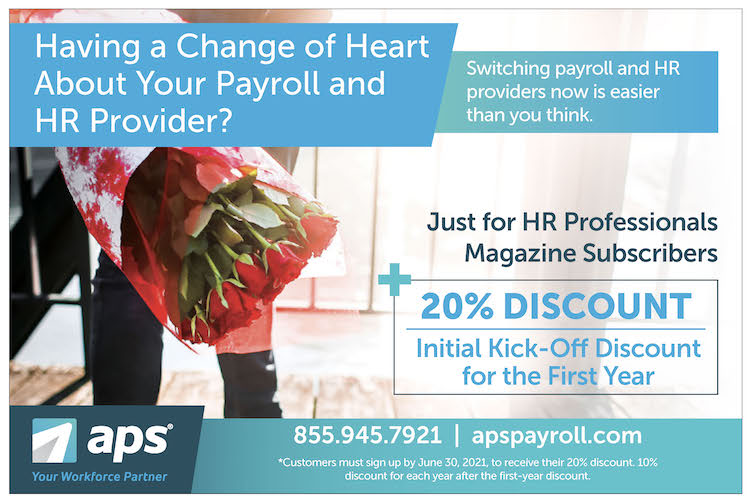Managing several tasks at once can be challenging. However, balancing work tasks while leading a team can feel impossible. The good news is employee management software (EMS) helps leaders reduce time spent on manual labor tasks. So, let’s discuss what EMS is and the benefits of using manager self service throughout your organization.
What Is Manager Self Service?
Manager self service (MSS) is a type of employee management software that lets supervisors perform essential tasks that would generally require HR’s assistance. Manager self-service features make it easy for supervisors to handle many labor-related tasks, including schedules, time-off requests, and performance reviews. MSS also provides access to a variety of employee-related data like payroll, HR, and attendance:
Attendance
Managers can ensure accurate employee payroll by using self-service solutions to edit and approve time cards. MSS provides a detailed view of employee clock statuses to see who is clocked in or out at any given time. This view allows managers to complete tasks proactively.
Staff
Manager self-service software also shows an overview of active/inactive staff, including those on sick or FMLA leave. This visibility ensures department leaders are always aware of what is happening with their team.
Events
Another vital aspect of manager self service is the ability to maintain employee morale. MSS tools foster company culture initiatives by providing visibility to important staff events like anniversaries, birthdays, performance reviews, pay raises, and more.
Reporting
Managers also need access to employee and attendance metrics. MSS gives managers the ability to run reports for important information like labor expenses, available accrual balances, and time card details. This reporting lets leaders play a more active role in managing their teams.
Who Is Manager Self-Service Software Designed For?
Manager self service is designed for mid-level managers to prioritize and complete employee-related tasks. Ideally, managers have the option to access a self-service solution either on their computer or smartphone. This accessibility gives them the freedom to manage their employees no matter where they are working.
Manager self-service systems also make it easier for HR managers to delegate responsibilities to department leaders while maintaining company-wide accountability. Keep in mind leaders may need manager self-service training depending on the level of access they need. Check with your provider to see if they offer a help center for manager self-service.
How Does MSS Relate to Employee Management Software?
Employee management software (EMS) is a comprehensive set of employee management tools needed to keep track of employee information. Types of EMS include:
- Payroll and HR manager self-service platforms
- Employee tracking and monitoring software
- HR employee learning and appraisal applications
- Employee collaboration and communication technology
Companies typically use information housed in employee management software as their source of record for their payroll and HR workflows. Employee management software then populates what managers see in their self-service application, which is why companies often implement an employee self-service solution first and then add manager self-service later.
The 3 Biggest Benefits of Manager Self Service
Manager self-service empowers leaders to view important employee information, manage labor adequately, and proactively monitor employee events. Here are three more benefits of utilizing a manager self-service solution:
- Manage Employee Time Efficiently
A unified self service solution streamlines access to employee information across HR, attendance, and payroll. This comprehensive approach to time management increases speed and accountability while reducing the risk of errors. Here are a few more ways manager self service helps leaders supervise time:
Proactive Management of Overtime Hours
Leaders can view real-time clock-in statuses, including employees who are already in or approaching overtime. Proactively managing overtime hours gives managers a more hands-on role in controlling labor expenses.
Quick Adjustments for Employee Absences
Some solutions offer scheduling alerts that notify leaders about overlapping shifts, schedule variances, time-off requests, and absent or late employees. Managers can make quick adjustments to keep workforce productivity balanced.
Streamlined Employee Scheduling
With employee data housed in a single solution, managers can assign hours to more than one employee at a time. Managers can instantly view each schedule’s total labor cost and ensure they are not over or understaffing.
- Easily Enforce Company Policies
Manager self-service tools also enforce company policies by facilitating greater collaboration between managers and HR professionals. HR departments can delegate compliance-related tasks to managers so that they can enforce company policy in the following ways:
- Email or phone notifications alert managers when it’s time to conduct employee performance reviews.
- Managers can access disciplinary actions for better oversight and follow-through with employees.
- Company alerts and team updates are sent directly to employees’ smartphones.
- Managers can monitor employee training requirements and course progress.
- Leaders can set follow-up dates for employee certifications.
Manager self service creates accountability for HR processes and maintains visibility throughout companies. Managers can receive daily alert emails or view their dashboard of compliance-related tasks, which is especially helpful when a company has multiple locations across various states. This visibility helps department leaders prioritize where they need to spend their time each day, so nothing slips through the cracks.
- Complete Team Tasks On The Go
According to Salesforce, almost two-thirds of workers are working outside of the office at least some of the time. This remote climate means managers need the right mix of technology to stay connected with their teams regardless of location. The good news is there are several manager self-service solutions that offer mobile apps.
Some self-service solutions even offer one application for both employees and managers.
This approach ensures the completion of tasks in a streamlined manner without the hassle of working in multiple applications.
Managers can hold their teams accountable for clocking in, time-off requests, and schedules all from their phones. Here are a few more benefits of a mobile self-service solution:
- Managing time-off requests can be cumbersome when performed manually. With self-service applications, these requests become streamlined. Managers can quickly approve time, deny time, or leave time requests pending with comments.
- Mobile time card alerts allow managers to approve, unapprove, and submit time on behalf of their teams. This approach eliminates errors from paper timesheets and maximizes managers’ efficiency on the go.
- Time card access also enables managers to check clock-in statuses and correct missed punches. Timely corrections performed on a smartphone give employees peace of mind and place managers on the frontline of employee accountability.
- Self-service solutions also let managers access employee record information, allowing managers to call or email staff directly from an app quickly.
- Mobile overtime alerts let managers view lists of employees approaching or in overtime. This feature is especially useful because it helps leaders stay on-track with budgets.
- Important dates like employee birthdays, anniversaries, and upcoming time off are sometimes also housed with a mobile self-service solution. This visibility enables leaders to stagger shifts while keeping employees engaged and informed.
Pave the Path for Success
The benefits of manager self-service software impact HR personnel, managers, and employees alike. It’s inefficient to manually handle time-sheets, PTO, and other labor tasks in today’s fast-paced business environment.
Leveraging payroll and self-service technologies bridges the gap between HR personnel and other department leaders. Self-service software creates clear visibility into workforce details and enhances organizational effectiveness. Leaders can focus more on initiatives that foster their team’s growth.

